Noemie Goudal
Noémie Goudal is a French artist who graduated from the Royal College of Art in 2010 with an MA in Photography and lives and works in Paris. Noémie Goudal investigates truth and fiction through the use of layered photos of quiet, mysterious landscapes which she combines with elements of modernist architecture.
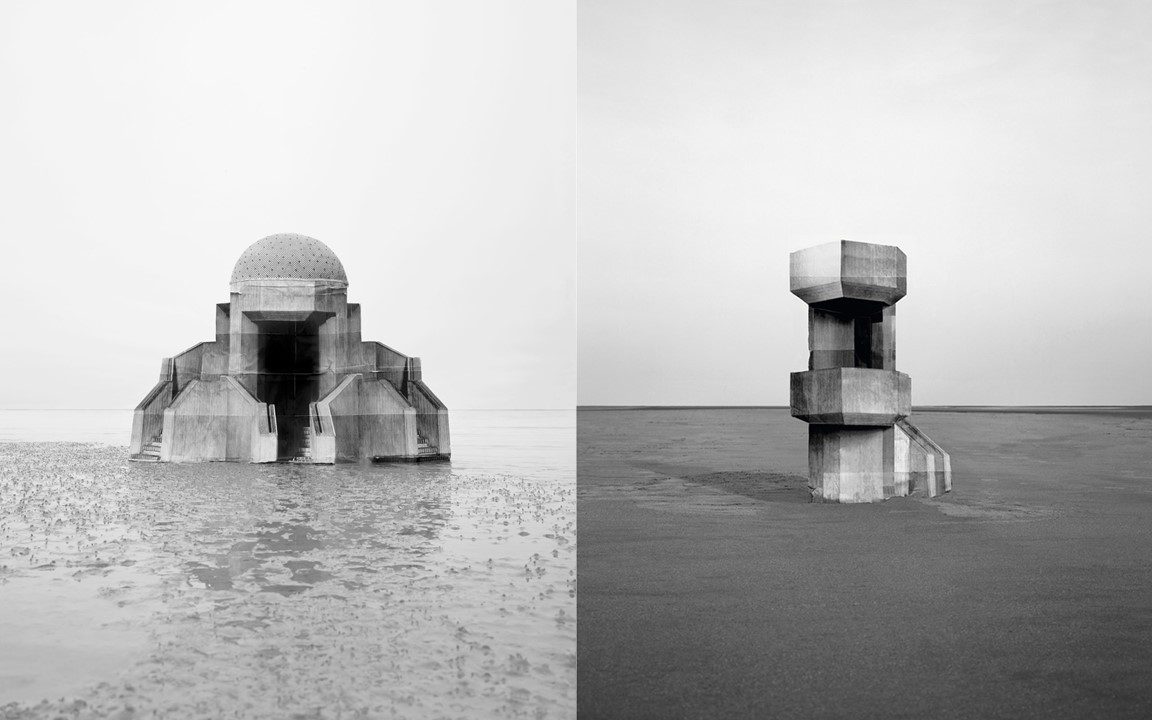
Goudal’s style is reminiscent of digital manipulation however they are in fact analogue photos which have been precisely shot and stuck to cardboard pieces to form an abstract sculpture. Goudal places these sculptures in natural landscapes often challenging the weather conditions. The final works generate tension due to the out of place proportions in the image which are only revealed in very subtle ways.
 Despite Goudal’s fictional style, the bunkers in this image are real WW2 bunkers found on Normandy beach. Noemie’s style has lead viewers to believe this building is fake since many of her photos contain paper backdrops. This allows the viewer to question the reality of her images. The origin of this image, named “Combat” provided an interest to Goudal inspiring her to research geomorphic architecture, architecture that has a direct link to nature in order to imitate or draw our attention to it, leading her to create her own inspired series titled “Observatoires”.
Despite Goudal’s fictional style, the bunkers in this image are real WW2 bunkers found on Normandy beach. Noemie’s style has lead viewers to believe this building is fake since many of her photos contain paper backdrops. This allows the viewer to question the reality of her images. The origin of this image, named “Combat” provided an interest to Goudal inspiring her to research geomorphic architecture, architecture that has a direct link to nature in order to imitate or draw our attention to it, leading her to create her own inspired series titled “Observatoires”.
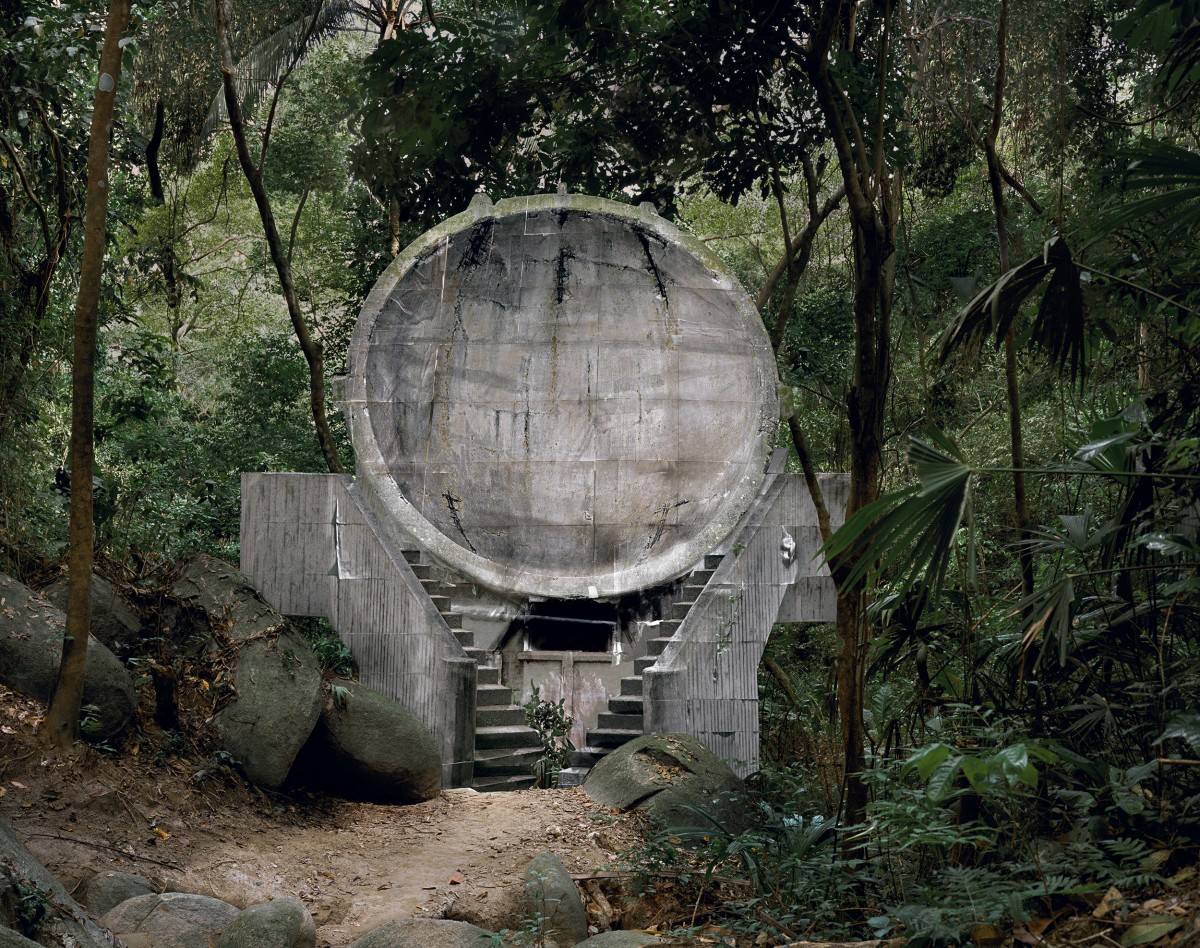
Image Analysis
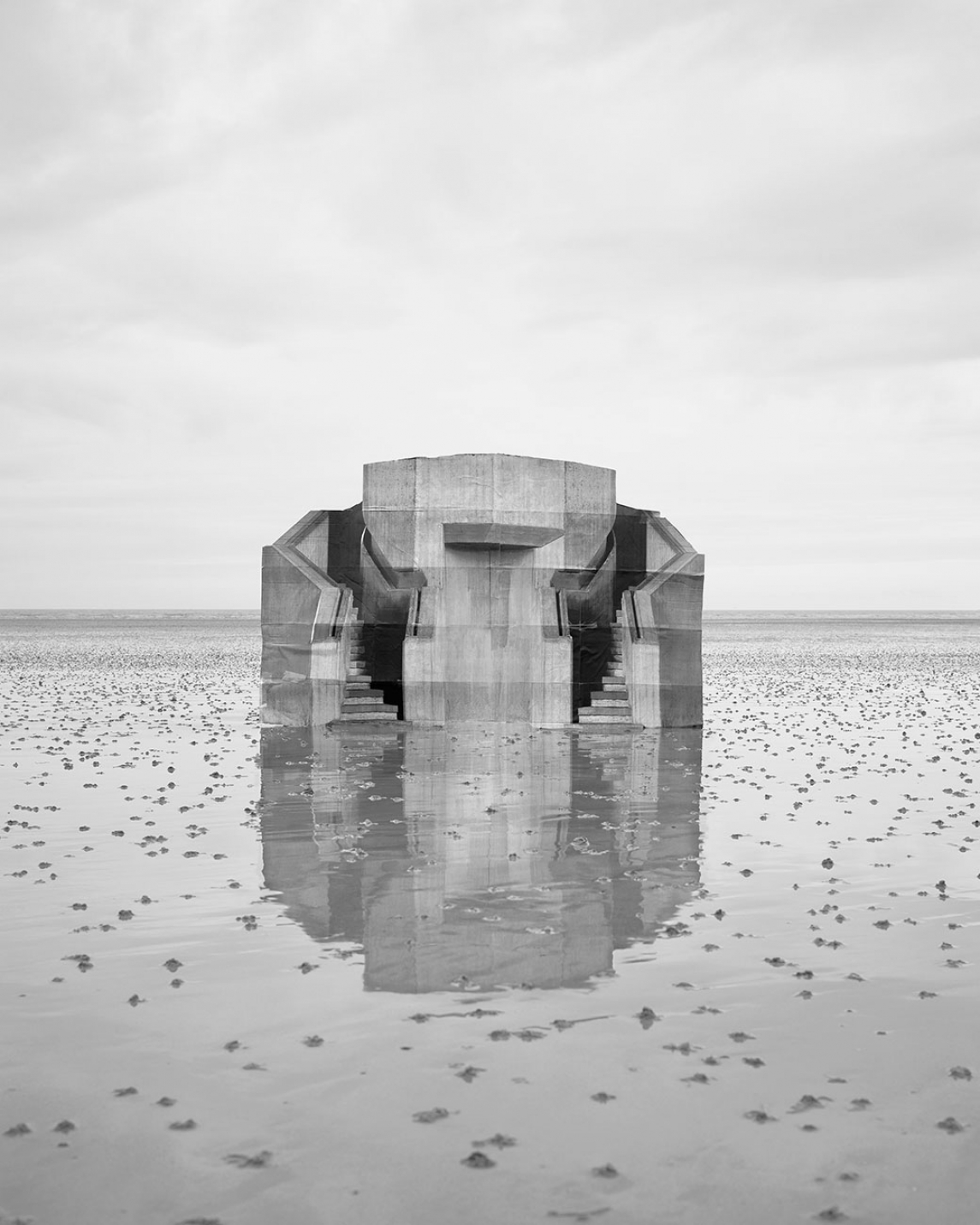
The image “Observatoire IV” was made in relation to a series of photographs depicting architectural constructs. Through the collection of images, both captured with her own camera and taken from the internet, Goudal puts fragments together on her computer and prints them on paper to place onto cardboard cutouts.
“What I like is that it’s not clear anymore what the function of these new buildings is. I see them as a sculpture, they become a different thing”
Goudal implies the relationship between the land and the manmade despite the absence of people in the photos.
Her images are taken in natural lighting on overcast days where her sculptures overpower their vast and empty landscapes. The tonal range shows the image as mainly grey hues although the photo is also presented in a black and white form. Increasing the contrast causes the presence of the building in the centre to become stronger where fold lines in the paper can also be seen when looking closely.
The sharpness of the image results from a fast shutter speed paired with a small aperture yet prevents the production of noise in the image so that it is still clear.
The illusion of reality is furthered by the addition of the reflection in the foreground which amplifies the size and significance of the manmade structure over nature.
Steve McCurry
McCurry’s career started in photojournalism, a field based around the truth and integrity of an image. Evidence of manipulation in this field, beyond standard colour correction and processing, can end a photographer’s career if they are discovered. Steve McCurry has worked on many assignments with the National Geographic, an organisation that does not “condone photo manipulation for editorial photography”. They prevent this from occurring by receiving all the raw files for every assignment in order to check images and complete colour correction themselves.
McCurry’s work has covered extreme armed conflicts such as the Iran-Iraq War, Lebanon Civil War, and the Afghan Civil War. He has risked his life on many occasions in order to capture his images, he was almost drowned in India and he survived an airplane crash in Yugoslavia.

 McCurry’s work has adapted with the times where he now refers to himself as a “Visual Storyteller”. Many of his recent works have been shot for his own enjoyment, where he is able to show more freedom in the editing of personal projects.
McCurry’s work has adapted with the times where he now refers to himself as a “Visual Storyteller”. Many of his recent works have been shot for his own enjoyment, where he is able to show more freedom in the editing of personal projects.
Part of the NPPA Code of Ethics states:
“While photographing subjects, do not intentionally contribute to, alter, or seek to alter or influence events. Editing should maintain the integrity of the photographic images’ content and context. Do not manipulate images or add or alter sound [referring also to video] in any way that can mislead viewers or misrepresent subjects.”
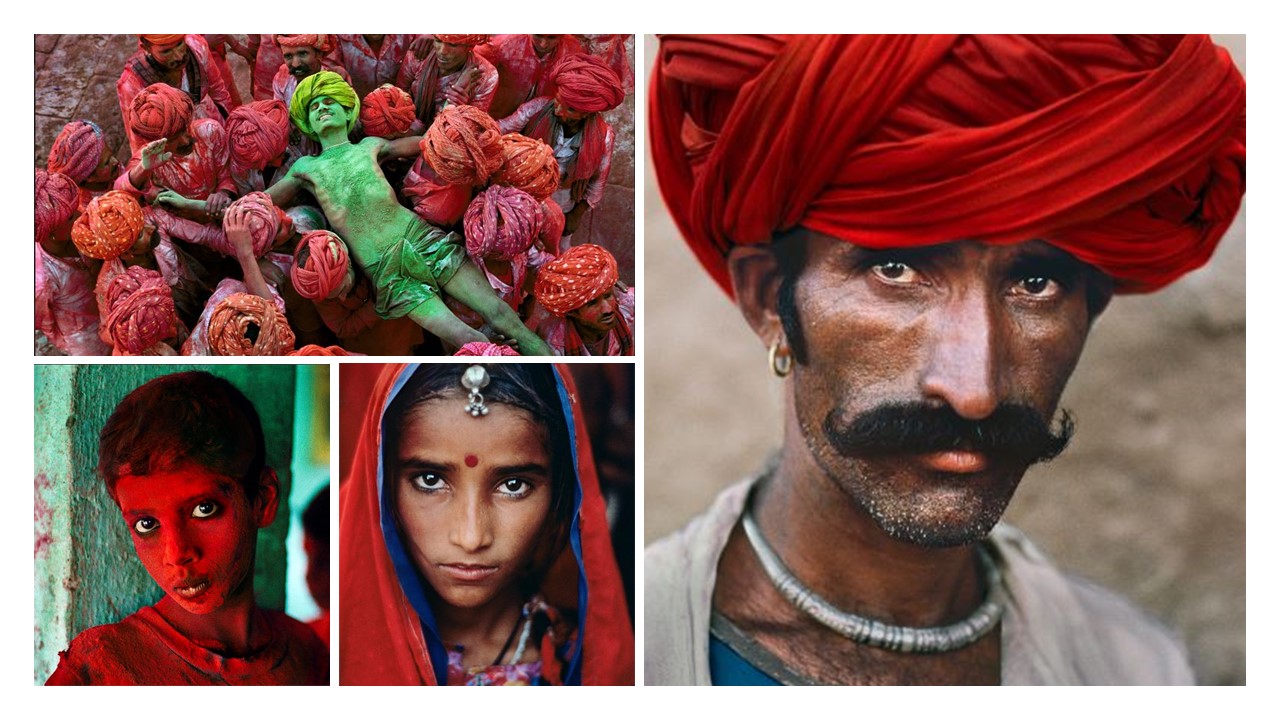
~ McCurry enhances his images by manipulating the saturation of colours which makes the photo more stronger to the eye.
McCurry concentrates on the toll war takes on humans. He intends to show what war does to not only the landscape, but to the people who inhabit that land. His works try to convey what it is like to be a person in an economically deprived area. McCurry shows his viewers that there is a “human connection between all of us.” He believes there is always some common thing between all humans despite the differences in religion, language, ethnicity, etc.
Image Analysis

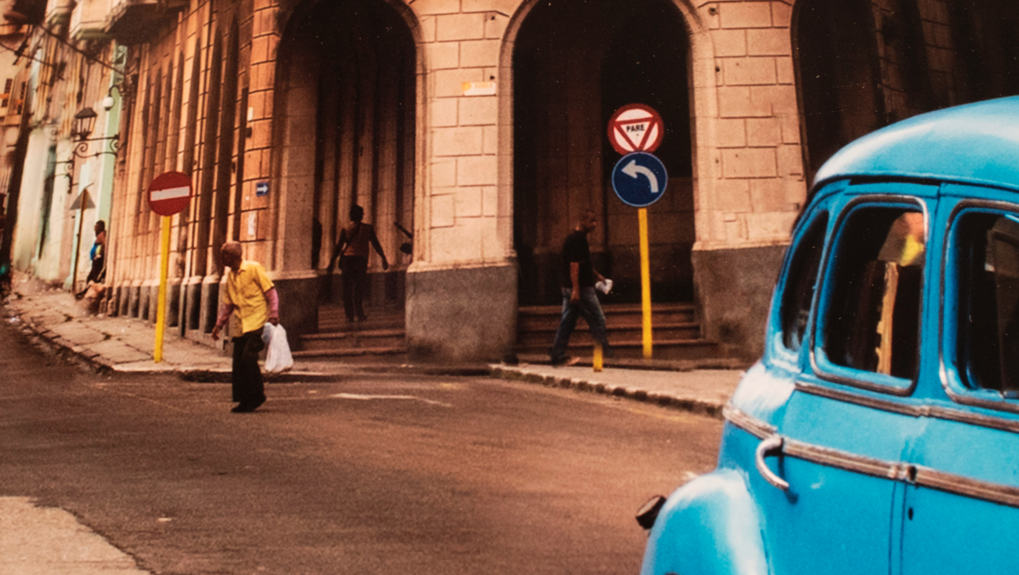 The Steve McCurry manipulation controversy began when Italian photographer, Paolo Viglione, noted a rather obvious digital manipulation in one of McCurry’s prints at a show in Italy.
The Steve McCurry manipulation controversy began when Italian photographer, Paolo Viglione, noted a rather obvious digital manipulation in one of McCurry’s prints at a show in Italy.
The image, taken of a street in Cuba, shows a section of a sign was intentionally moved to avoid blocking the man seen next to it. Other issues include the bricks that make up the columns of the building not aligning properly, while the column on the right actually overlaps with the frame of the car in the foreground.
A wide angle lens appears to have been used in order to capture the entire of the busy street. This makes the viewer feel like they are actually there, becoming drawn to the building that McCurry has composed into the centre based from the viewpoint of his camera.
The change at first appears to not be noticeable as it is in the background surrounded by other busy features in the foreground like the two people walking and the two cars, both of which are saturated in colour to give the image a feeling of liveliness. The manipulation is an attempt to balance the composition.
The project based around Cuba is not one related to photojournalism as it is in his own personal interest. He is therefore not breaking the NPPA Code of Ethics however is still using manipulation in a way to enhance his visual storytelling.



 With North Korea, a Life Between Propaganda and Reality, she won the Photo Folio Review at the Rencontres d’Arles 2014 and the first prize at the Fine Art section of the Moscow International Foto Award in 2015.Her personal projects have taken her from China to Cuba and recently to Pakistan.
With North Korea, a Life Between Propaganda and Reality, she won the Photo Folio Review at the Rencontres d’Arles 2014 and the first prize at the Fine Art section of the Moscow International Foto Award in 2015.Her personal projects have taken her from China to Cuba and recently to Pakistan.
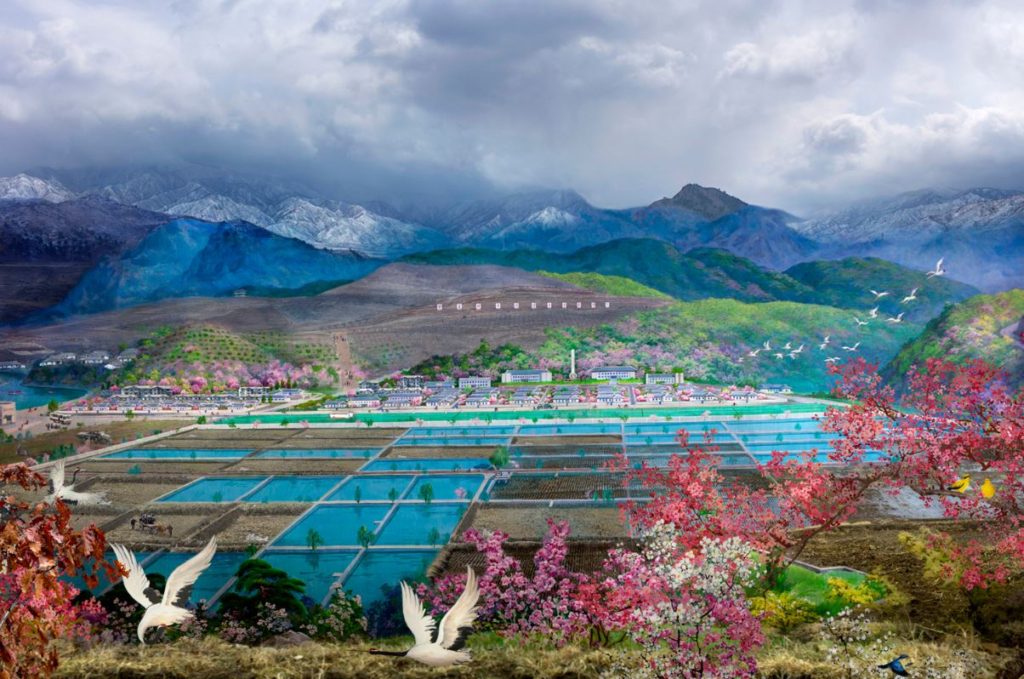

 When looking over images of local quarries I found that the layering of the landscape appealed to me the most, as it presented the viewer with something not necessarily seen in general, being sure to attract the viewer’s attention in. This is accompanied by the use of weird and unusual machinery which when looking over provides quite a menacing intricate design, which once included with the landscape around it could compliment each other well. By presenting these images in a way that could provide evidence of harmful scarring of the environment I believe that the outcome would really highlight the granite industry.
When looking over images of local quarries I found that the layering of the landscape appealed to me the most, as it presented the viewer with something not necessarily seen in general, being sure to attract the viewer’s attention in. This is accompanied by the use of weird and unusual machinery which when looking over provides quite a menacing intricate design, which once included with the landscape around it could compliment each other well. By presenting these images in a way that could provide evidence of harmful scarring of the environment I believe that the outcome would really highlight the granite industry.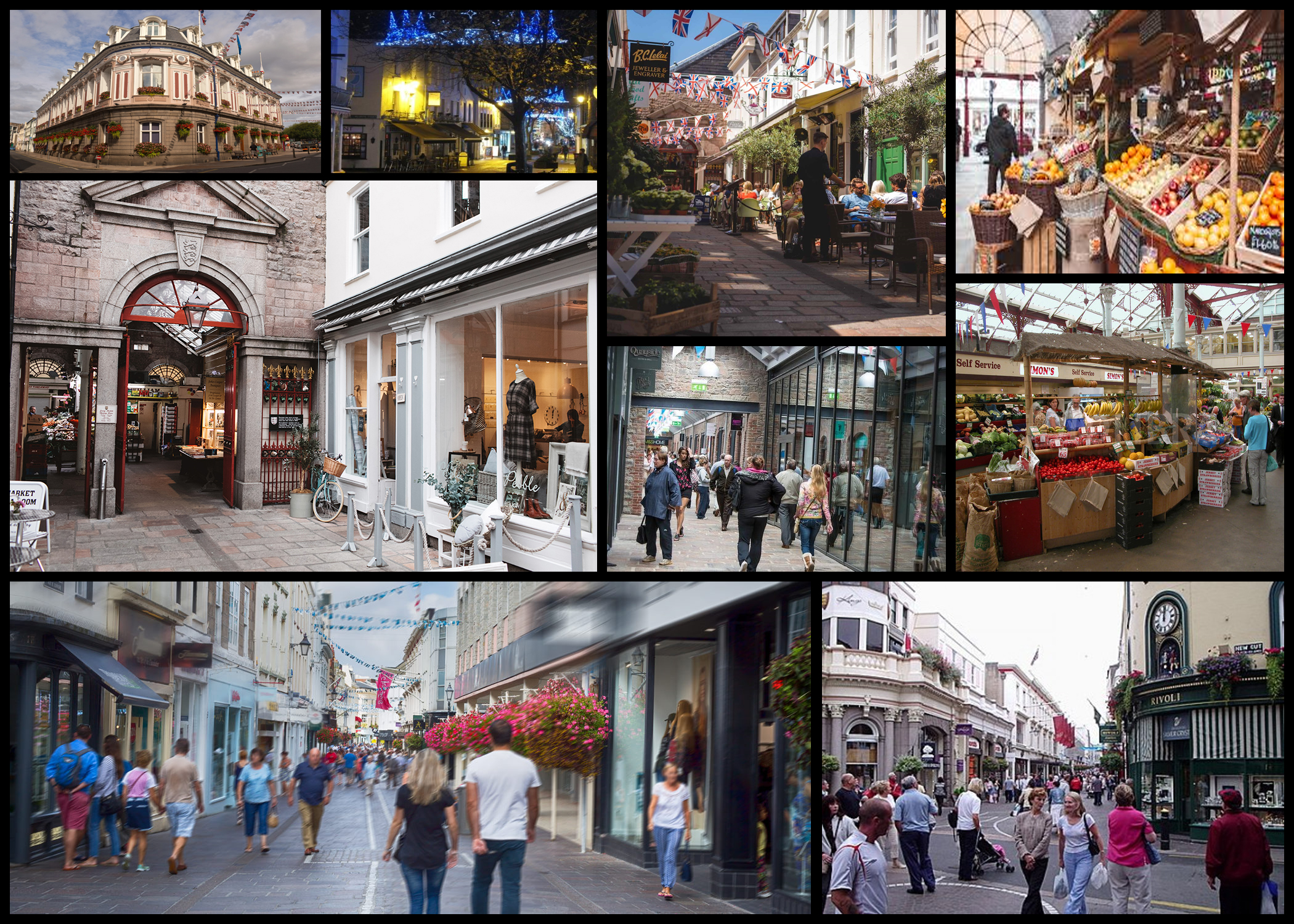 When looking over the ideas a really like the thought of going into shops and photographing lines of products and the variety of colours they could come in. I don’t think the areas in St Helier would present me with the atmosphere desired for the effects wanted when taking images, leading my shoot to probably branch out on a local level rather than island wide as the bustle would be too much. As well as this I wanted to capture the coldness of empty isles in the shop, such as the meat aisle that when left alone could provide a rather eerie look.
When looking over the ideas a really like the thought of going into shops and photographing lines of products and the variety of colours they could come in. I don’t think the areas in St Helier would present me with the atmosphere desired for the effects wanted when taking images, leading my shoot to probably branch out on a local level rather than island wide as the bustle would be too much. As well as this I wanted to capture the coldness of empty isles in the shop, such as the meat aisle that when left alone could provide a rather eerie look. What appealed to me here was the industries that surrounded the waste at the end of the road leading up to it. I found this to be a great reflection of how we ended our consumerism as the structures that consisted in the area generally had a grim exterior that the waste which was dumped there. When eventually doing the shoot I would make sure to incorporate the greenery into the picture which would provide contrast to most of the images, our environment vs industrialisation of the land.
What appealed to me here was the industries that surrounded the waste at the end of the road leading up to it. I found this to be a great reflection of how we ended our consumerism as the structures that consisted in the area generally had a grim exterior that the waste which was dumped there. When eventually doing the shoot I would make sure to incorporate the greenery into the picture which would provide contrast to most of the images, our environment vs industrialisation of the land.
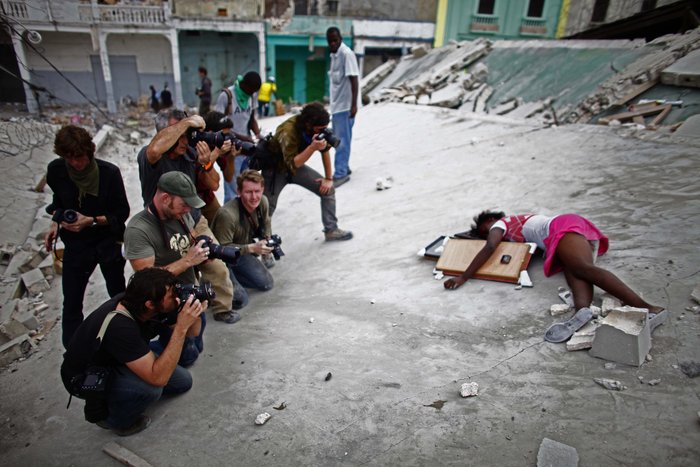

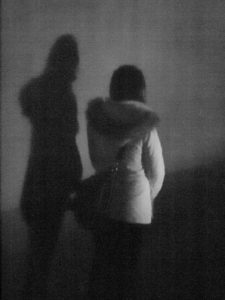

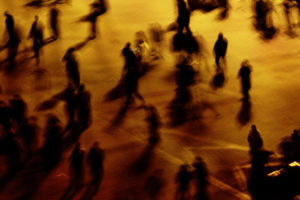


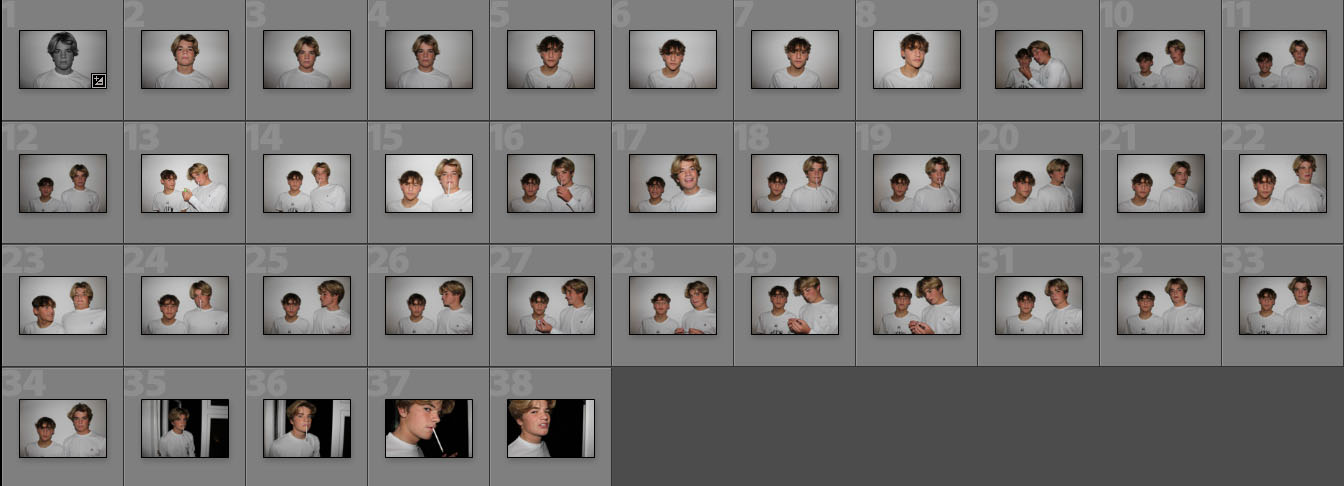
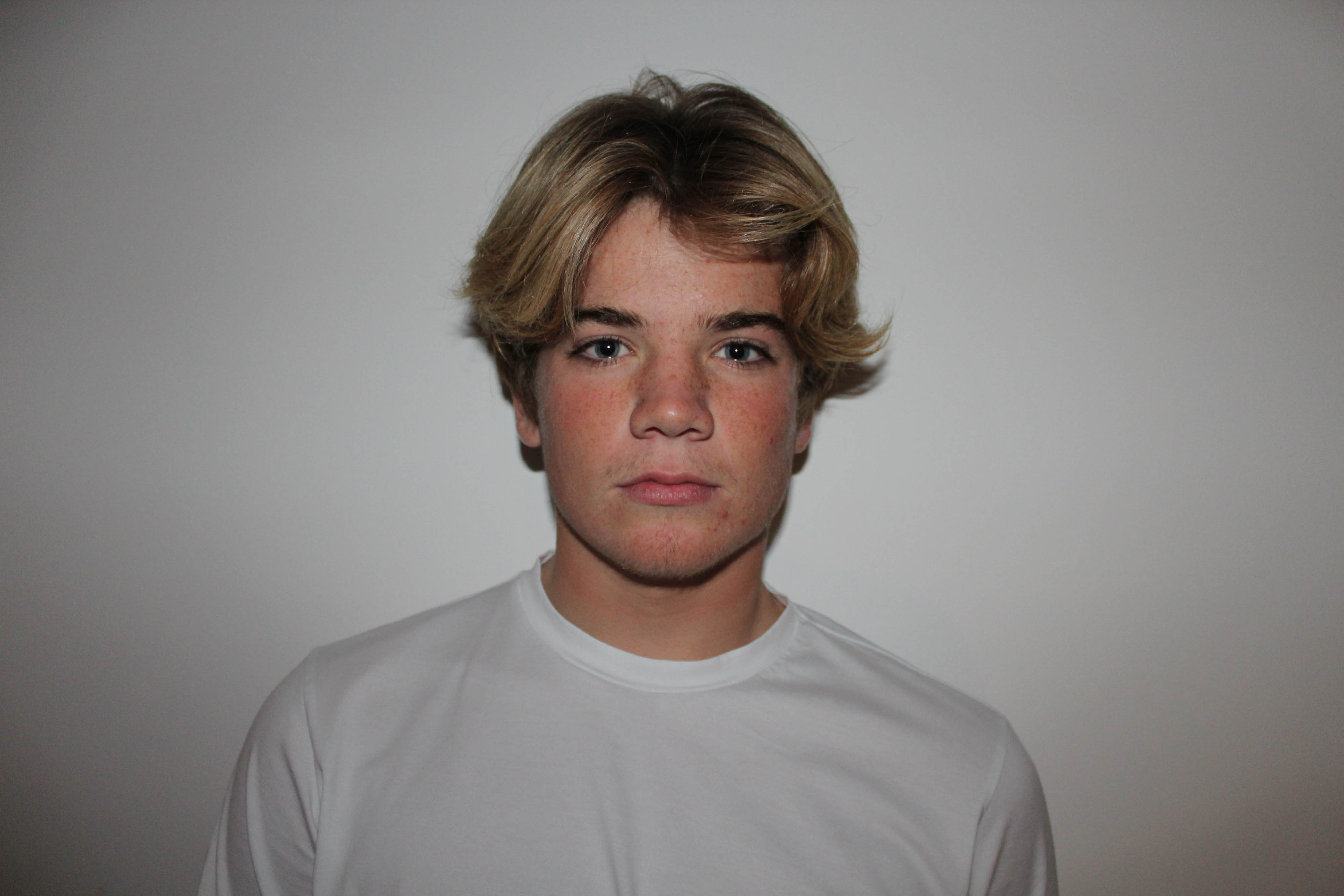
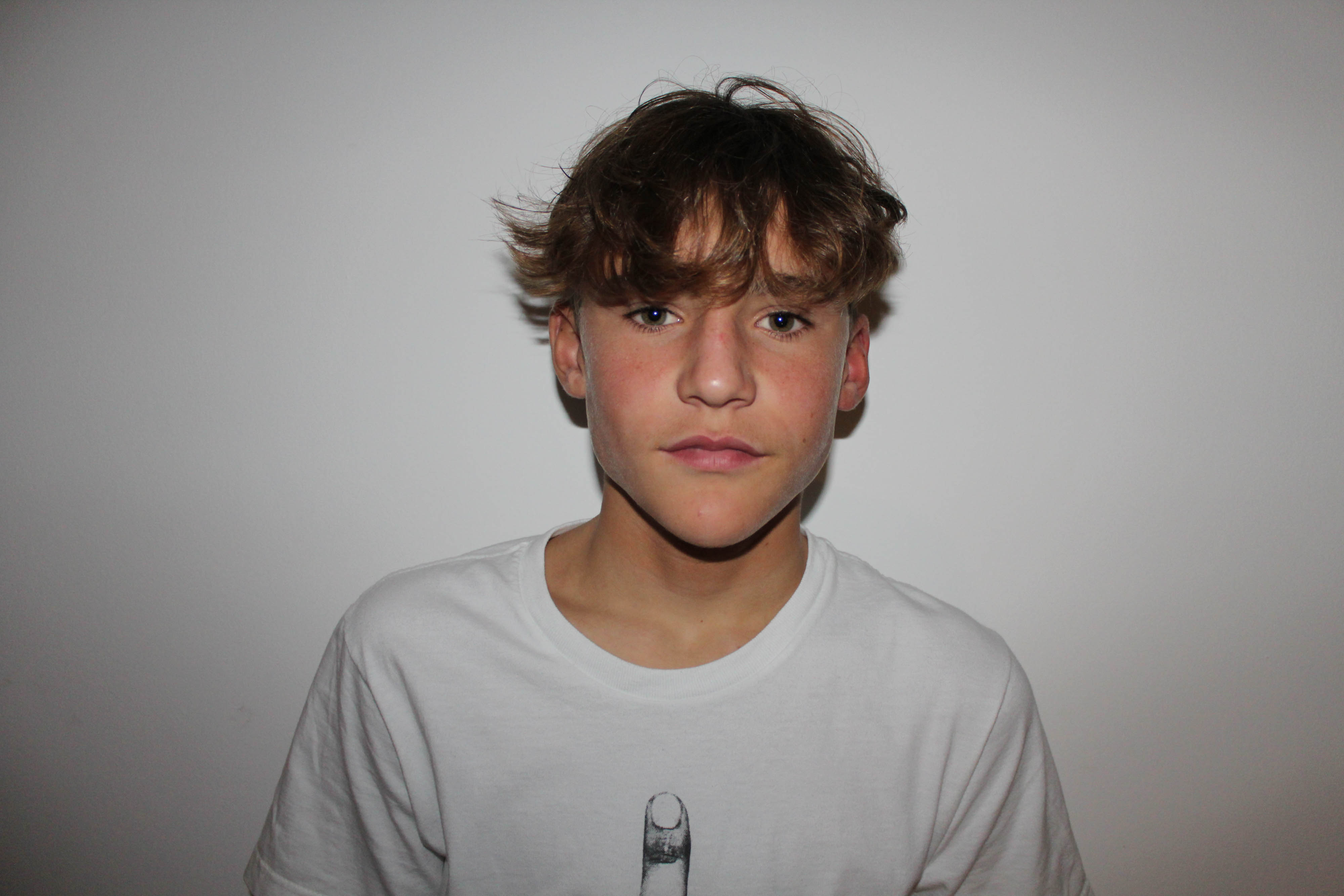
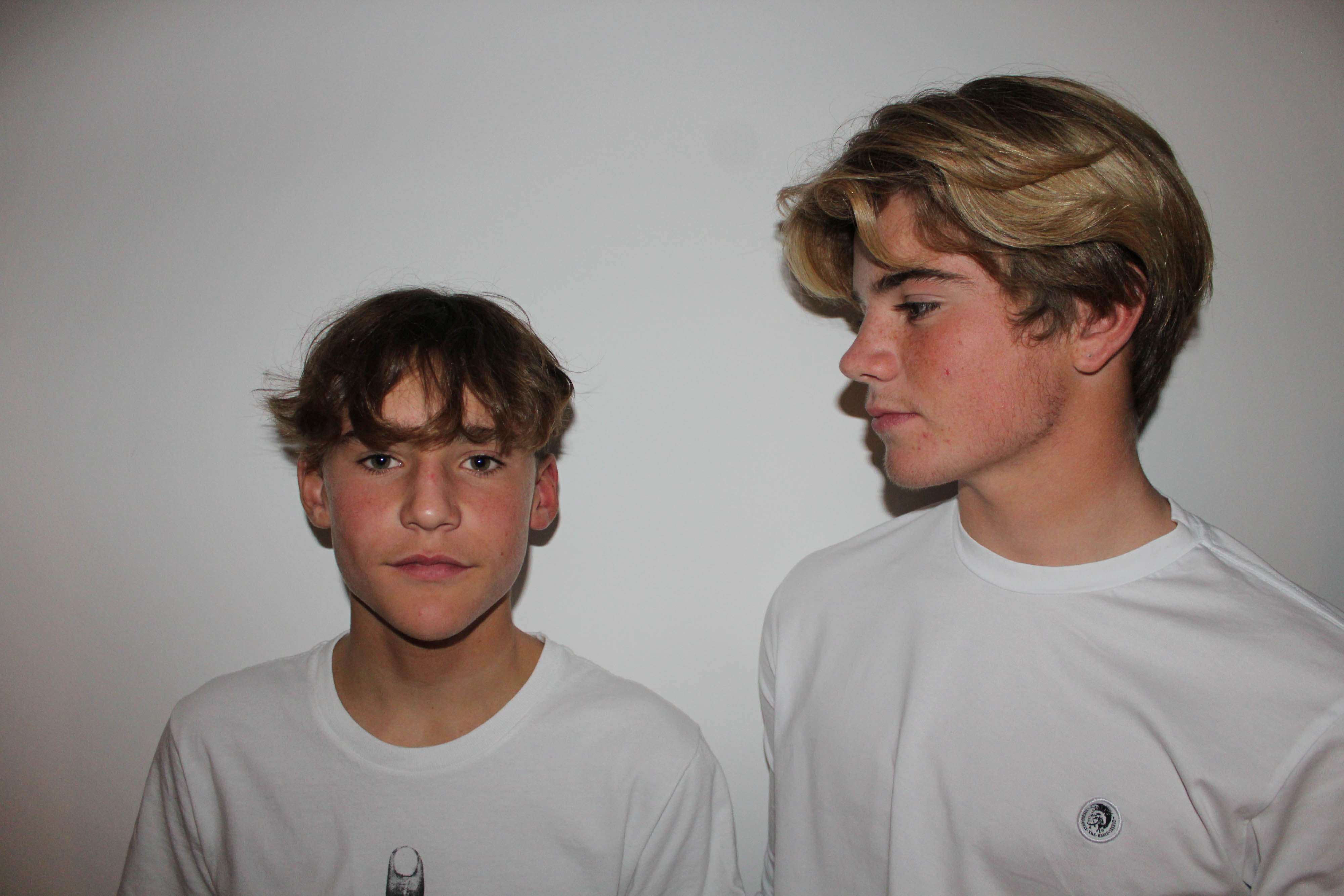
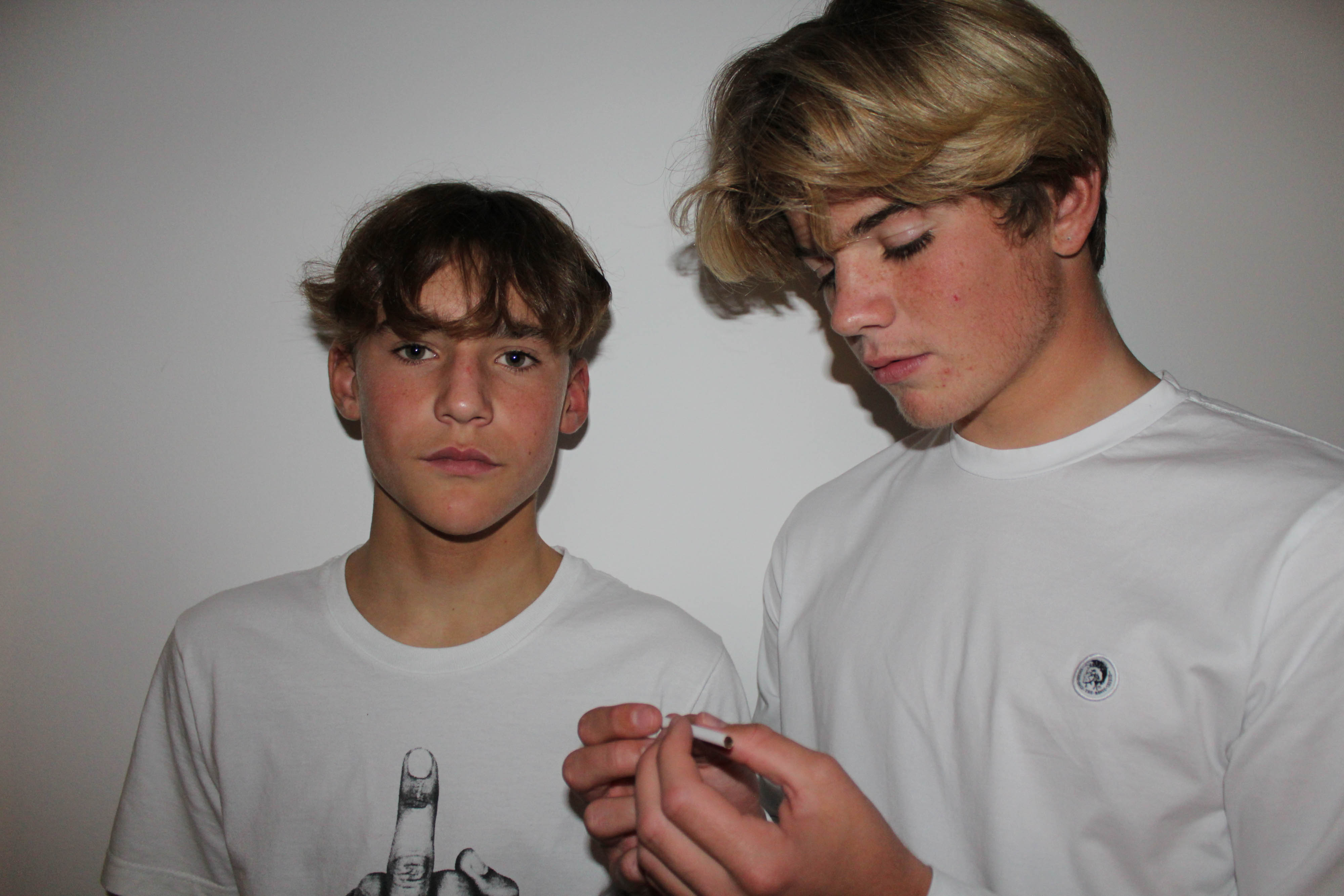
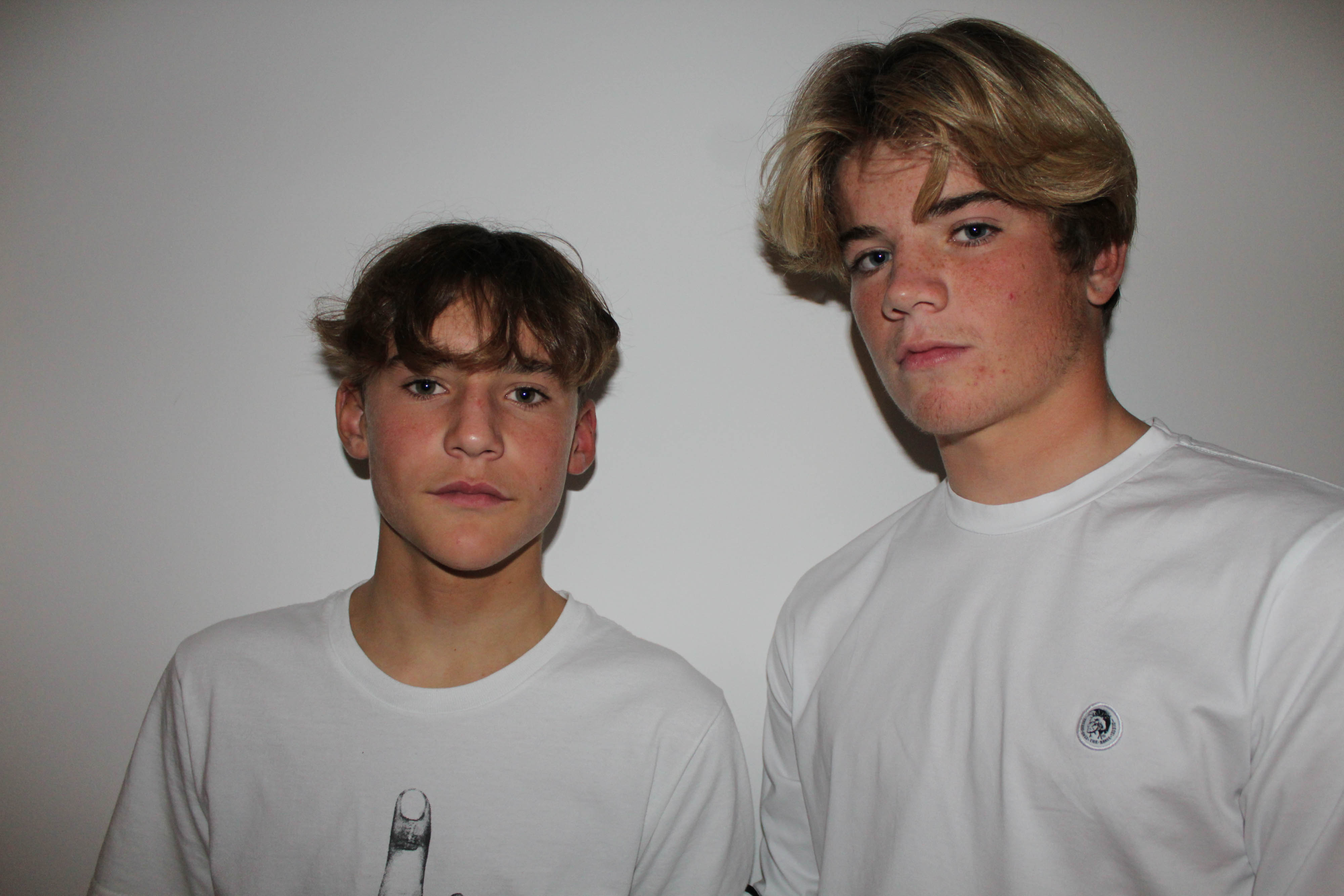
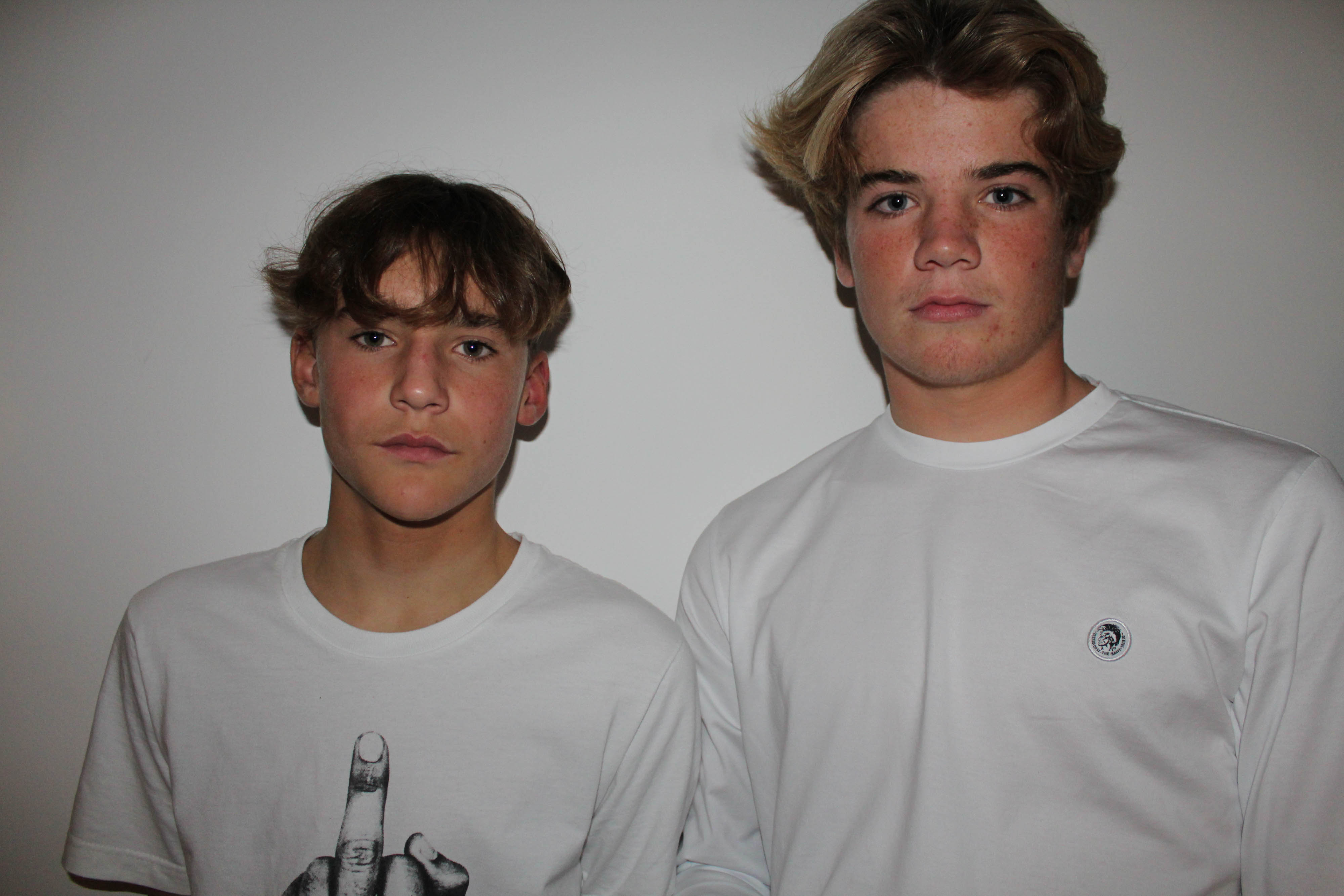
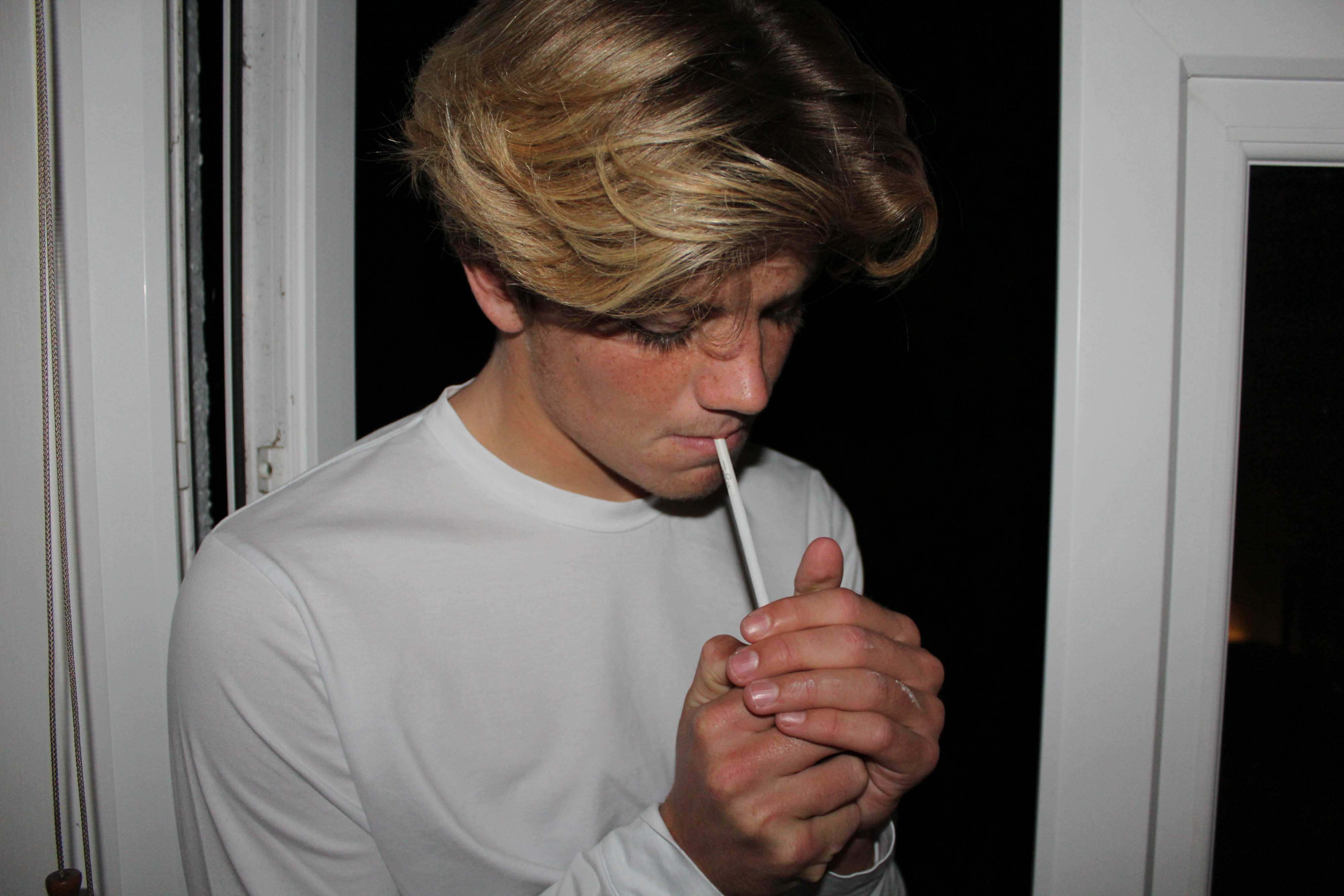

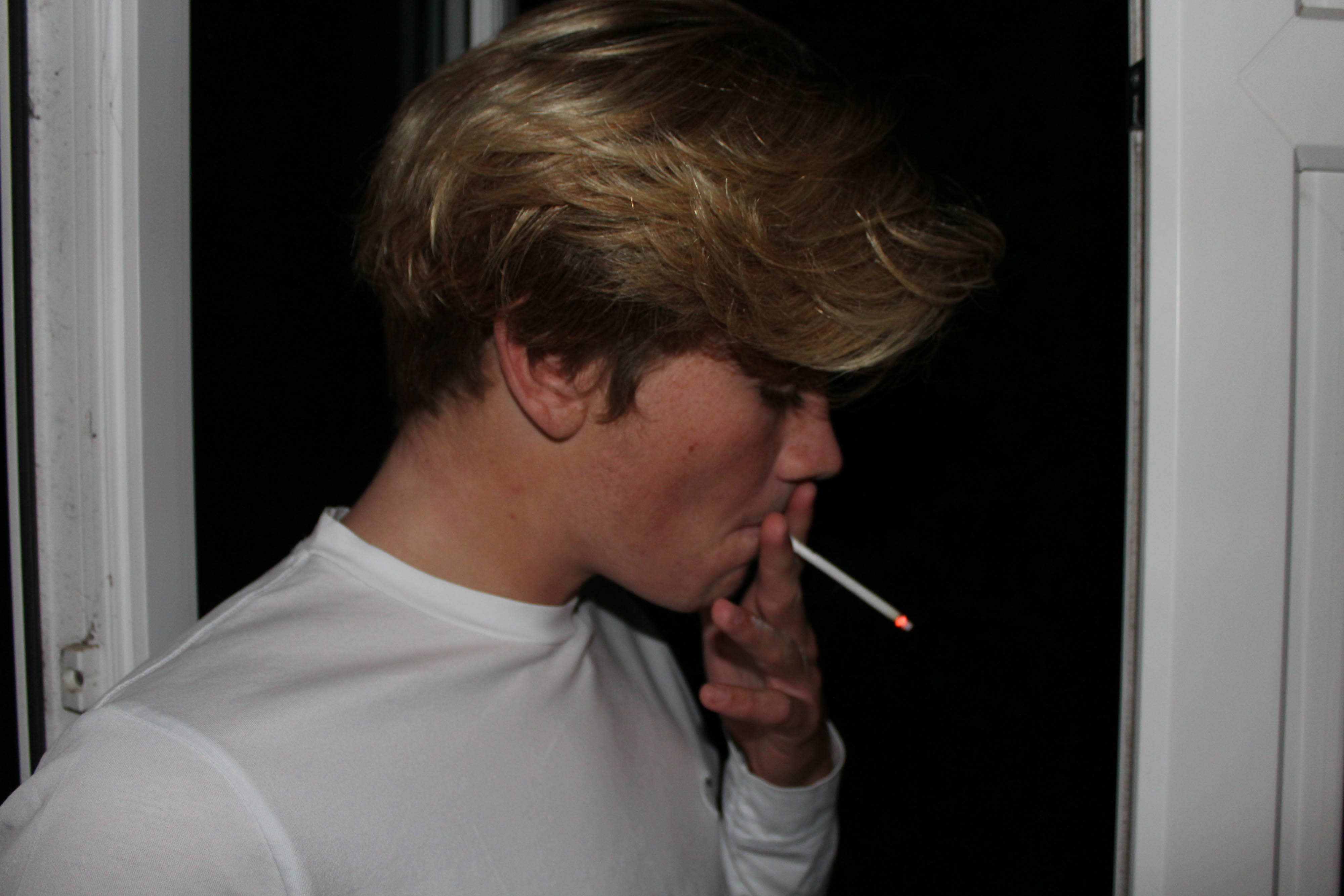
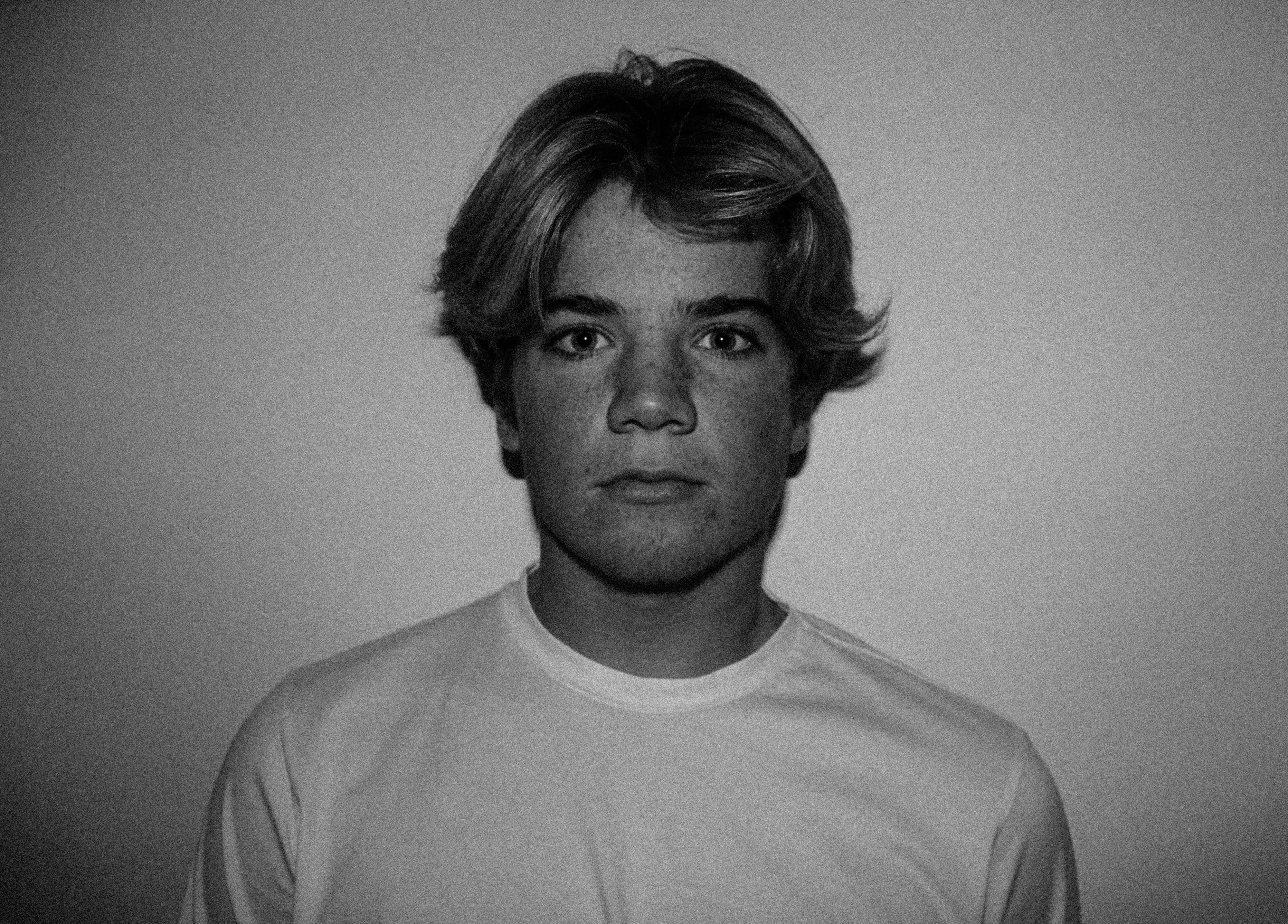

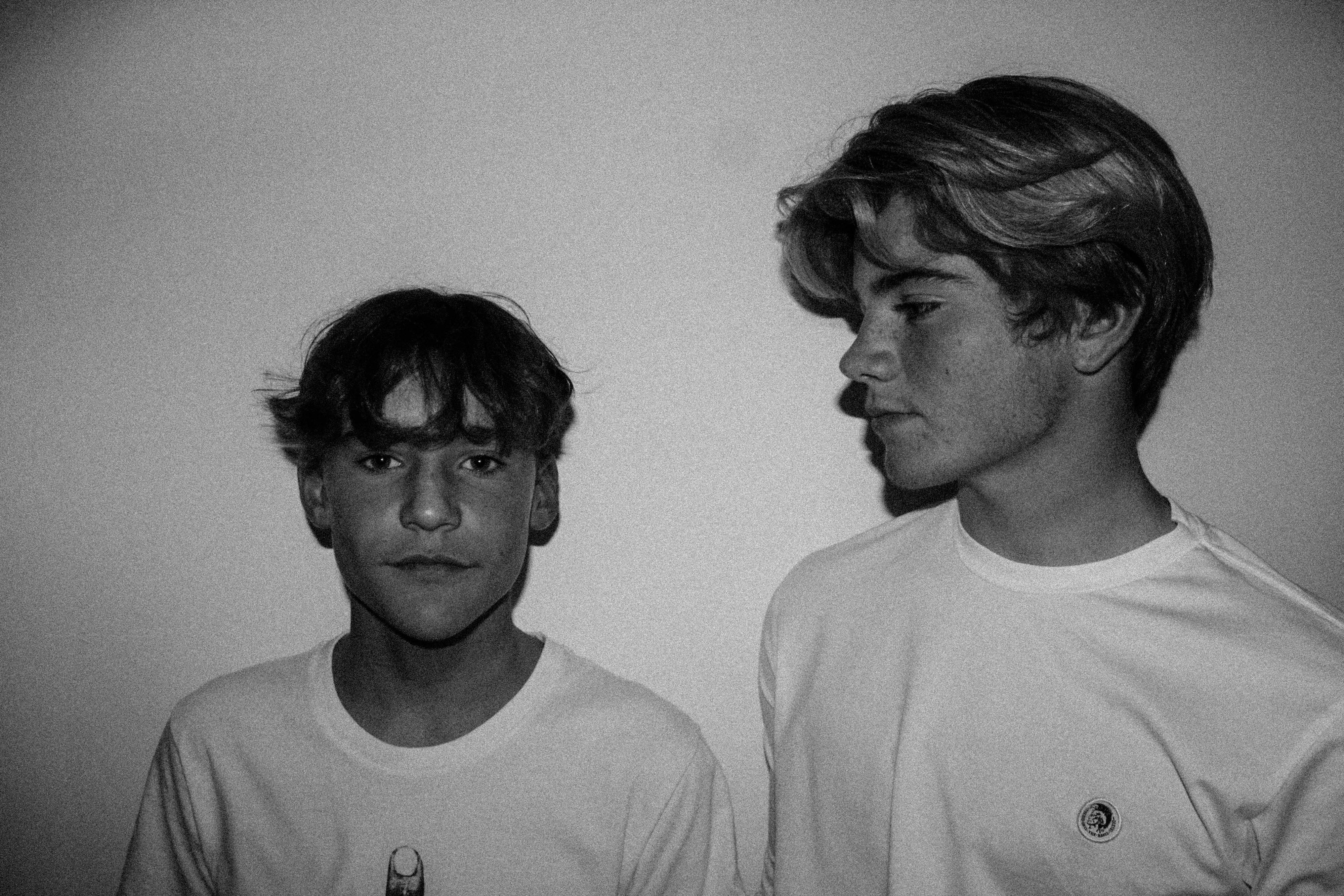

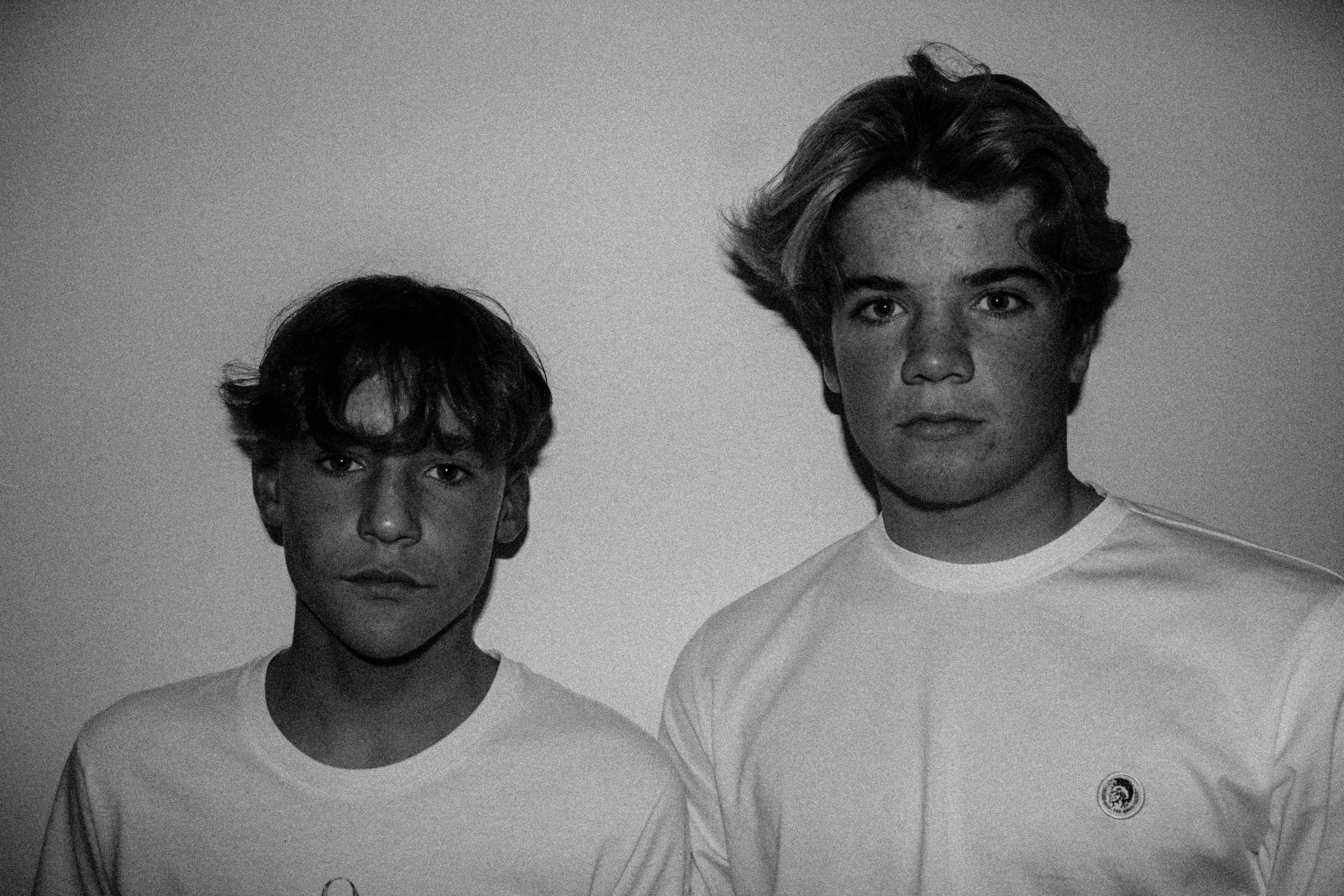
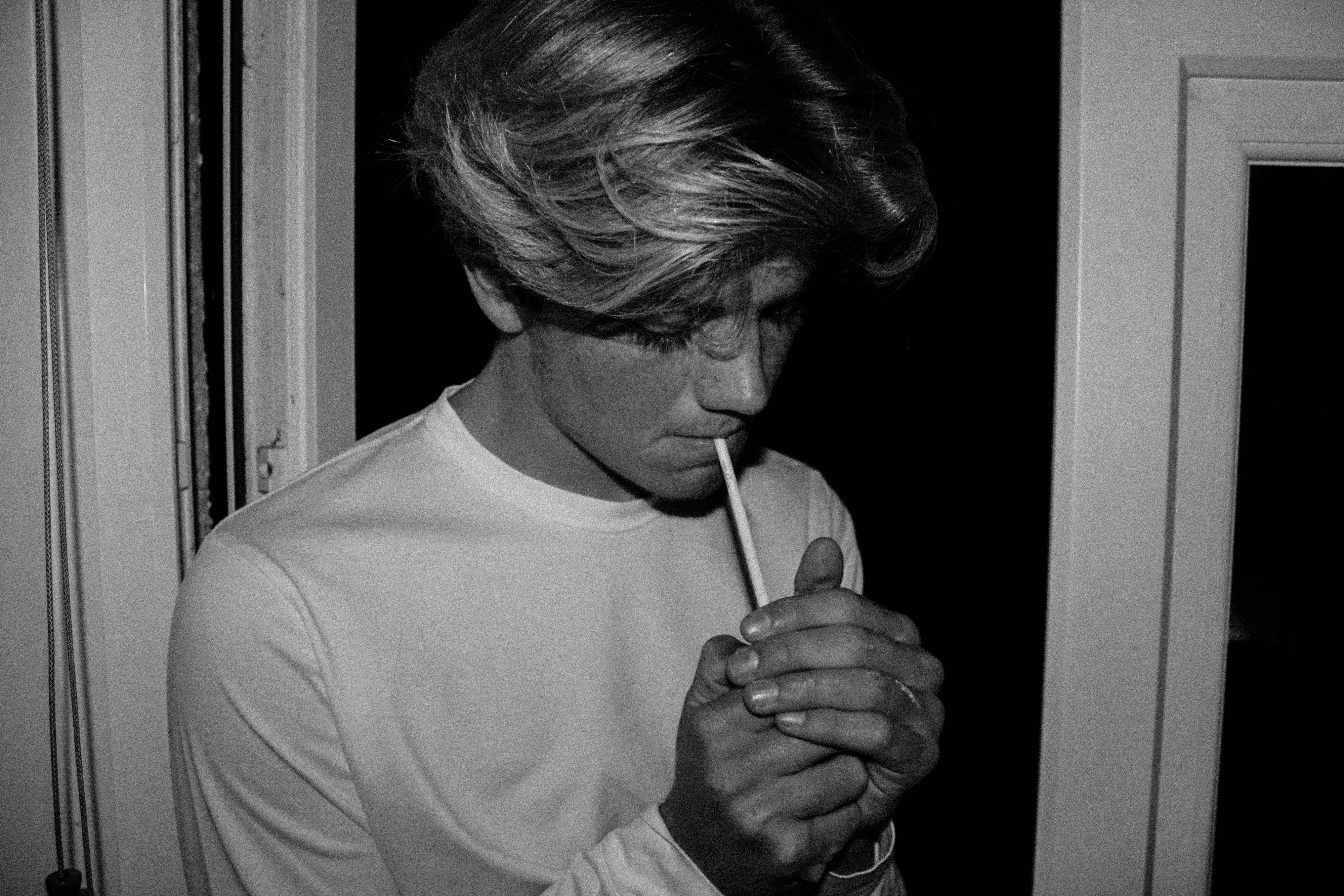
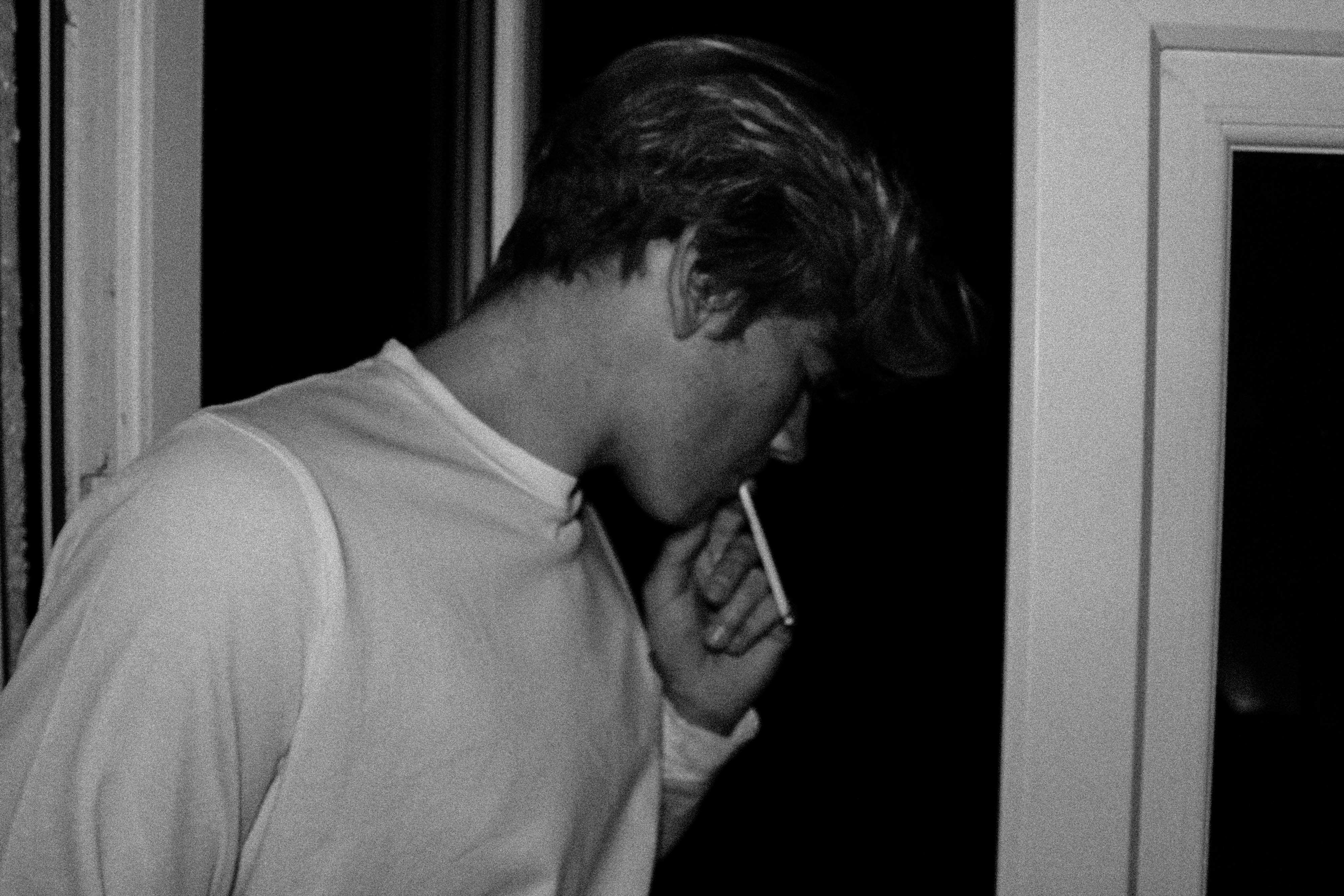


 Despite Goudal’s fictional style, the bunkers in this image are real WW2 bunkers found on Normandy beach. Noemie’s style has lead viewers to believe this building is fake since many of her photos contain paper backdrops. This allows the viewer to question the reality of her images. The origin of this image, named “Combat” provided an interest to Goudal inspiring her to research geomorphic architecture, architecture that has a direct link to nature in order to imitate or draw our attention to it, leading her to create her own inspired series titled “Observatoires”.
Despite Goudal’s fictional style, the bunkers in this image are real WW2 bunkers found on Normandy beach. Noemie’s style has lead viewers to believe this building is fake since many of her photos contain paper backdrops. This allows the viewer to question the reality of her images. The origin of this image, named “Combat” provided an interest to Goudal inspiring her to research geomorphic architecture, architecture that has a direct link to nature in order to imitate or draw our attention to it, leading her to create her own inspired series titled “Observatoires”.


 McCurry’s work has adapted with the times where he now refers to himself as a “Visual Storyteller”. Many of his recent works have been shot for his own enjoyment, where he is able to show more freedom in the editing of personal projects.
McCurry’s work has adapted with the times where he now refers to himself as a “Visual Storyteller”. Many of his recent works have been shot for his own enjoyment, where he is able to show more freedom in the editing of personal projects.

 The Steve McCurry manipulation controversy began when Italian photographer, Paolo Viglione, noted a rather obvious digital manipulation in one of McCurry’s prints at a show in Italy.
The Steve McCurry manipulation controversy began when Italian photographer, Paolo Viglione, noted a rather obvious digital manipulation in one of McCurry’s prints at a show in Italy.